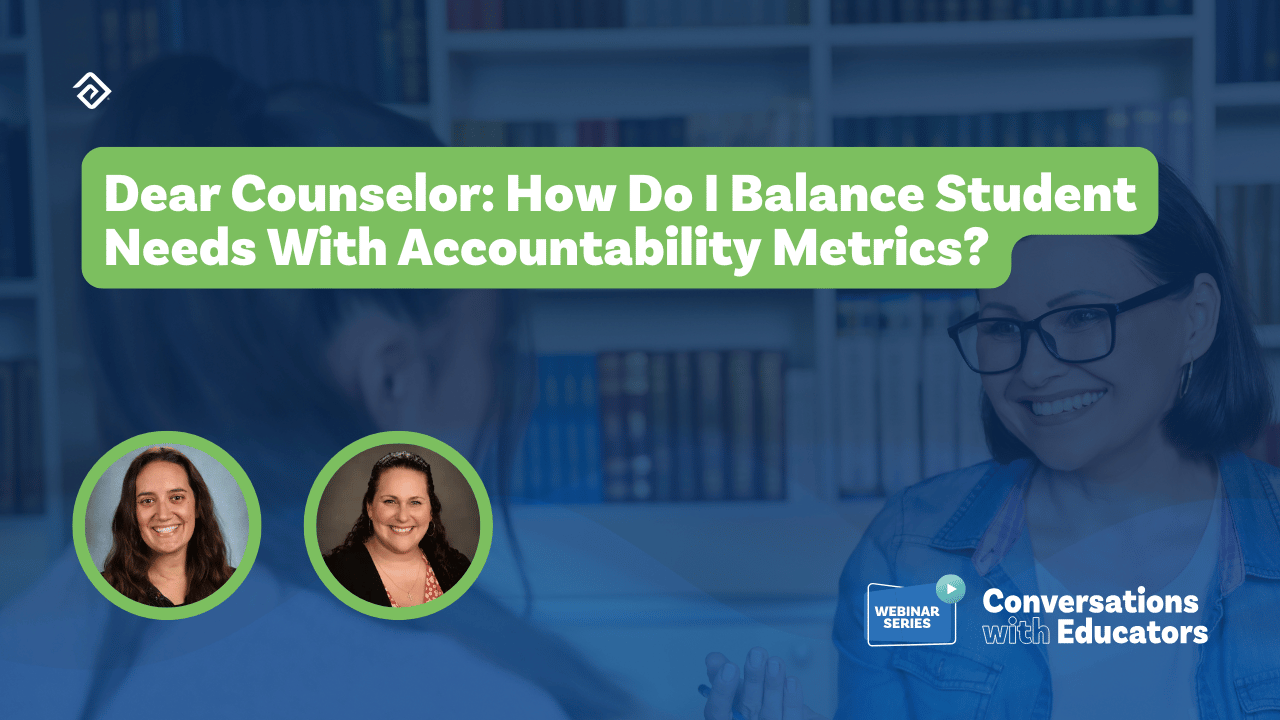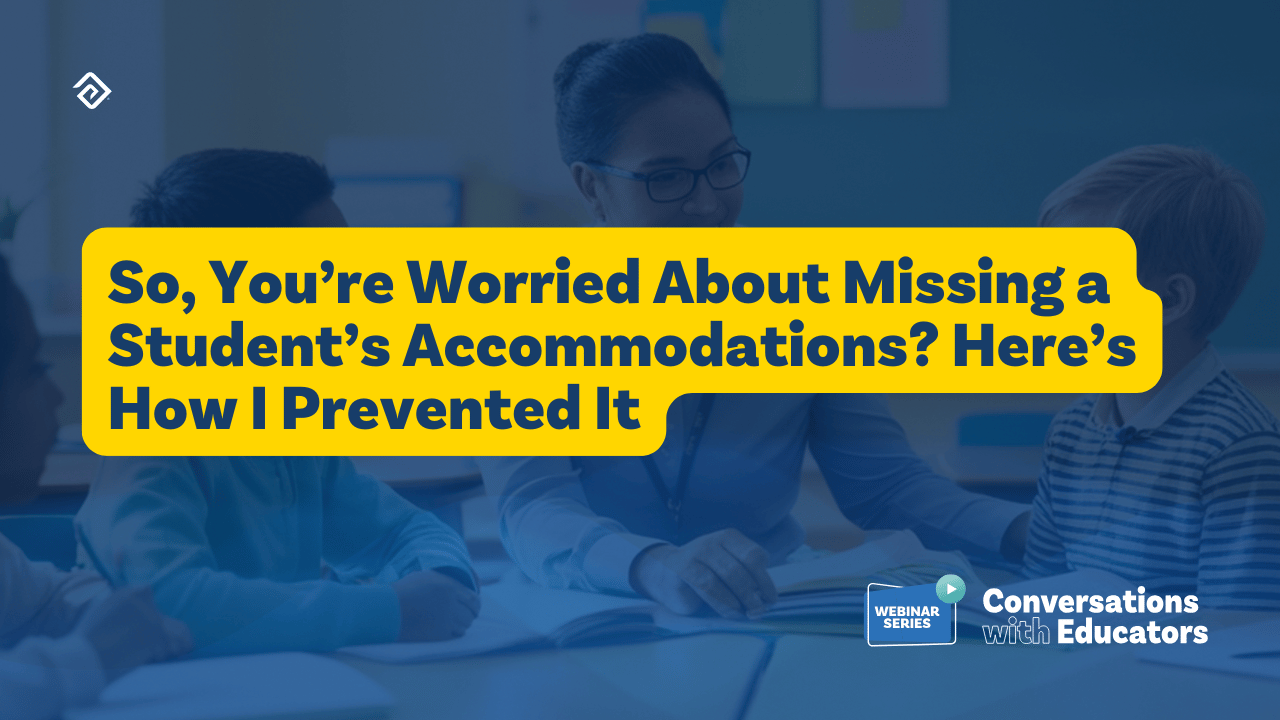Rethinking High School and Shifting to Career-Relevant Education
Visit with high school students and ask them about their school experience – the conversation yields much of the same insight and stories as those who attended high school in the 1980s. Years of attempting to alter graduation requirements and introduce different diploma types by policy makers still result with many of our students in the United States experiencing high school in much the same way as students twenty years or more prior. The types of courses, the grading system, and the classroom expectations remain basically the same even though the world and the workforce have drastically changed.

The Status Quo
Although this may be discouraging news across the nation, a few states are jumping to the forefront in addressing the demands from the workforce while also increasing student engagement during their high school experience. A new focus to better connect K12 education with postsecondary education and industry requires a framework and alignment. This approach allows students the flexibility to experience work-based learning, earn industry-based credentials, and personalize their journey. It also increases their educational attainment to realize their unique goals. In a career-relevant high school, multiple pathways towards post-secondary education and industry are offered.
A Fall 2023 report on the State of the American Student from the Center for Reinventing Public Education highlights the need to rethink high school and better align to career pathways. Linking high schools with college and careers through a “blurring strategy” connects the three learning environments and streamlines student opportunities with cross-system learning and transparency. The call to invest in a “New American High School” is argued by Robin Lake, who says:
“Rather than seek to provide a comprehensive set of learning experiences under one roof, the New American High School would connect students to meaningful work in their communities and expert knowledge around the globe. It would support young people to do meaningful work that makes real contributions and leads to meaningful credentials in the adult world. Rather than sorting students into tracks or marshaling all of them toward a single objective, it would provide every student adult guidance and technological support to understand their own conception of a good life, as well as the support, connections, knowledge, and skills to pursue that life—and change course where necessary. It would prepare students to thrive, collaborate, and innovate in a rapidly changing world. Yes, students would still study Sophocles, Shakespeare, and Newton, but in a more relevant, contemporary context.”

States Leading the Charge
Indiana: Redefining the Diploma
New policy work in Indiana around high school redesign is seeking to break the status quo and change diploma requirements to match more relevant real-world applications. These changes include expectations for postsecondary credentialing while in high school and recognizing work-based learning opportunities.
According to the Keep Indiana Learning recent post, Indiana currently offers a general Core 40 diploma, which has not been “significantly” updated since the 1980s. The new proposal would create a more personalized version with an “Indiana GPS Diploma” and offer an “Indiana GPS Diploma Plus,” which will require work-based learning experience. Students will earn points through traditional high school courses, additional job training options, scores on SAT/ACT, dual credit courses, and JROTC or other military experience.
Texas: Aligning with Career Pathways
In Texas, efforts to create coherent sequences in career and technical pathways and encouraging certifications and endorsements are seen within the College, Career, and Military Readiness (CCMR) requirements. House Bill 5, passed in 2013, changed graduation requirements and offered the new Foundation High School Program. Building upon that legislation in recent years, additional flexibility for higher education and career paths have been offered. State accountability and even additional funding provides incentive for districts to increase coherent pathways and align work-based learning and certifications.
Virginia: Expanding Graduation Options
Virginia offers various options for graduation including an Advanced Studies Diploma, a Standard Diploma, an Applied Studies Diploma, and Other Diplomas & Certificates for eligible students with disabilities. Since 2013, students are required to earn a Career & Technical Education (CTE) credential approved by the State Board of Education to graduate with a Standard Diploma, and these are used for credits to meet graduation requirements. Proposed revisions for the High School Ready for Life accountability include CTE finishers earning a CTE credential, students completing JROTC coursework and earning a CTE credential, and students successfully completing work-based learning and service-based learning experiences.
Like Texas and other states, Virginia requires a middle school career investigations curriculum to be taught along with a personal learning plan and course of study based upon a student’s academic and career interests. Signatures from the student and legal guardian are required for the plan.
Colorado: Embracing Local Control
Colorado State Board of Education adopted the Colorado Graduation Guidelines in 2013 which were fully applied to the graduating class of 2022. These new guidelines allow for 11 options for graduation including test-based, performance-based, and programmatic paths. According to the Colorado Initiative report in May 2024, local control was granted to each district to adopt their own set of graduation requirements, making the graduation landscape both unique and varied in student expectations.
What Schools and Districts Can Do
Connecting the high school program with the post-graduation world is paramount for students to be career ready upon graduation; and the workforce is demanding it with shortages in qualified candidates. Following are some simple steps to expand the high school experience and follow the example set from states leading this effort.
- Shift in Perspective: Students rise to the level of expectations. Treating high schoolers like adults while setting high expectations for work ethic and achievement and allowing students to advance at their own pace are providing success for many students. A great example is the performance in Early College High Schools and Pathways in Technology Early College High School (P-TECH) programs where students of various backgrounds and socioeconomic status have achieved at high levels.
- Work-Based Learning: A high-quality work-based learning program isn’t just an internship in the senior year. A strong partnership with community resources and employers, as well as local colleges and universities, can expand student opportunities and give meaning to the work. Apprenticeships and on-site connections provide engagement in high school courses while also providing opportunities to learn and practice the soft skills students need for success in life.
- Industry-Based Certification: Many CTE courses offer certifications that complement and provide workforce readiness. Instead of waiting until college or trade school enrollment, some districts and states are offering the ability and expectation for high school graduates to leave with one or more of these certifications. Many certifications, such as EKG or Microsoft allow students the ability to earn a salary while attending postsecondary education.
- Innovative Courses: Connect lessons to career within academic courses and career pathway courses. Some states are allowing the flexibility to gain state approval to offer locally needed courses to address local workforce needs.
- Cross-Curricular Integration: Use alternative scheduling options like block schedules or pairing core content courses with CTE courses. Great examples include Geometry with Construction or Anatomy and Physiology (A&P) with Health Sciences. This provides real life application to the core content expectations with meaningful learning.
- Individual Graduation Plans: These are typically required for eighth graders in most states using a process of selecting a career pathway and courses in high school leading towards the endorsement or specific type of diploma. Getting career coaching with counselors and having students and parents sign off on the initial plan helps expand the options available for students and ensure they stay on a path for successful completion.

While state legislators and policymakers continue to negotiate the redesign of the high school experience, schools and districts are working tirelessly to ensure that every child succeeds. By adopting innovative approaches, such as work-based learning, industry-based certifications, and cross-curricular integration, schools can provide students with a more relevant and engaging education that prepares them for success in the 21st-century workforce.
The path to transforming high schools into hubs of career readiness may be challenging, but the rewards for our students and our society are immeasurable. It's time to invest in a "New American High School" that empowers all students to achieve their full potential and contribute meaningfully to their communities and the world.
More Great Content
We know you'll love





